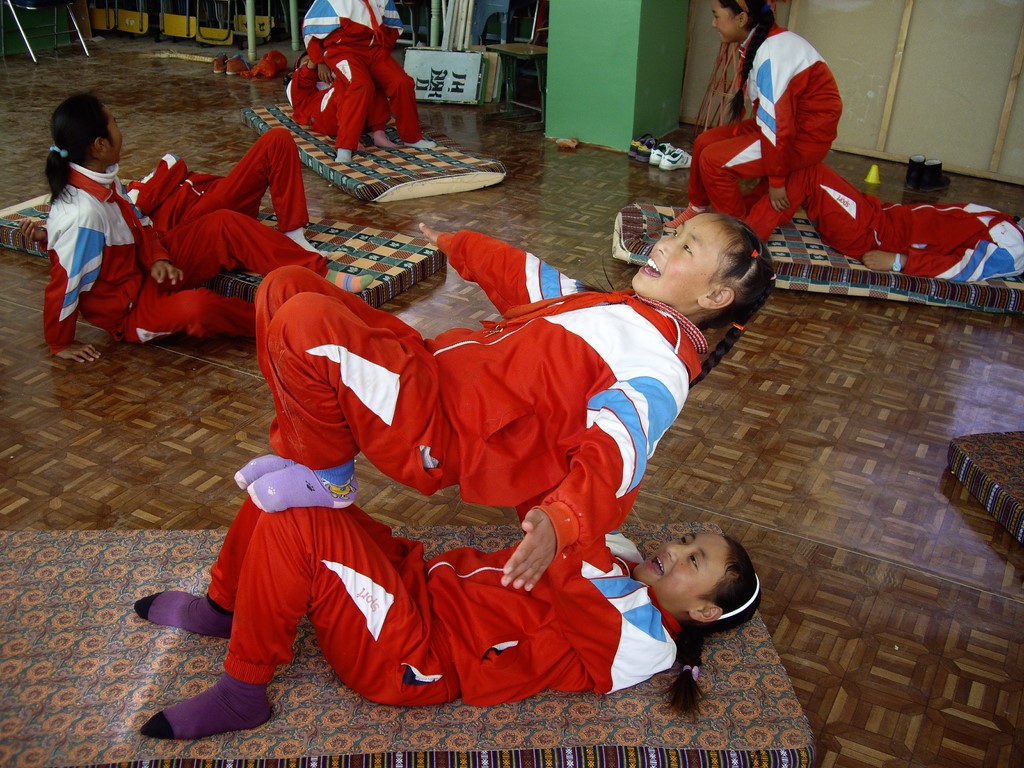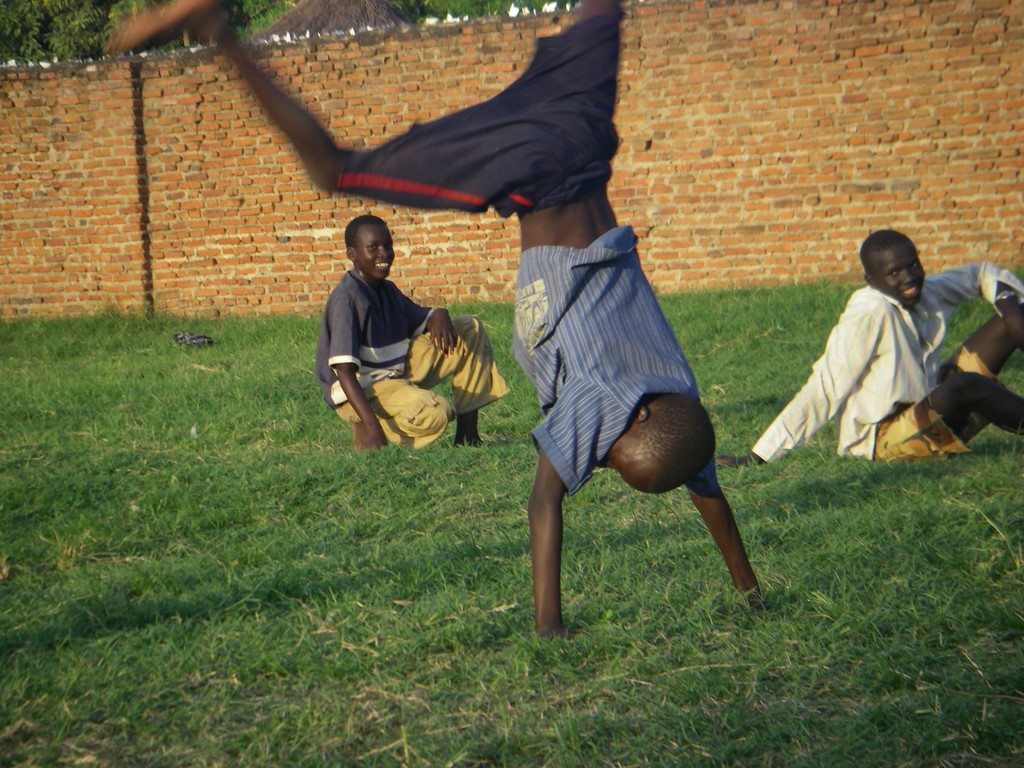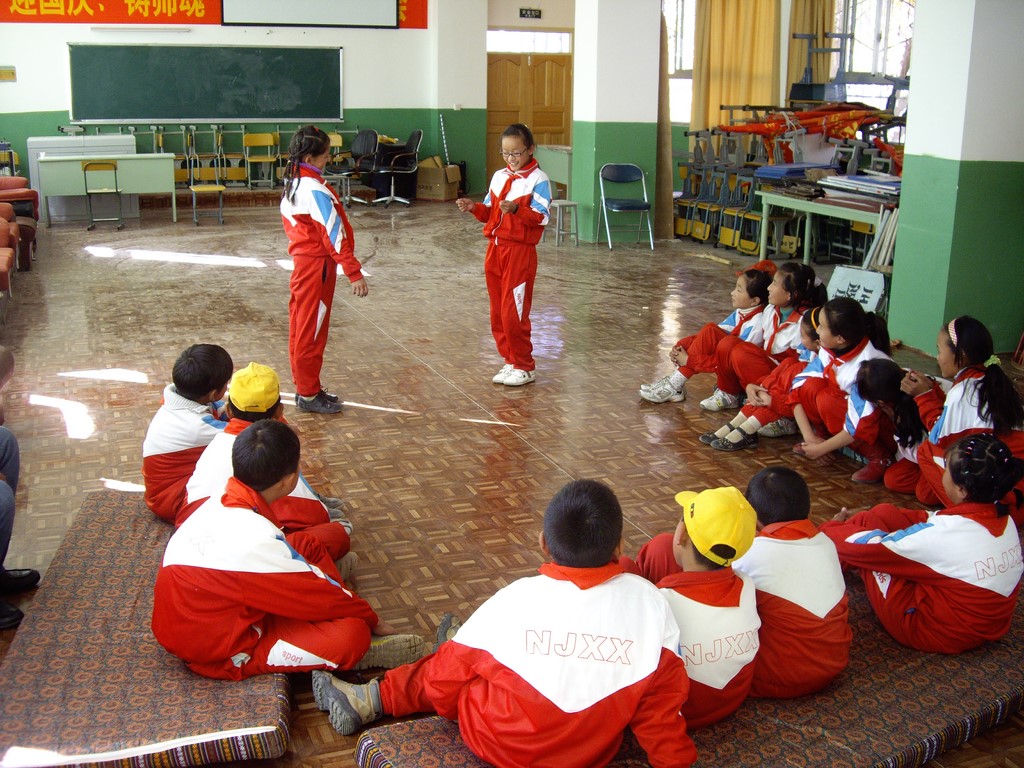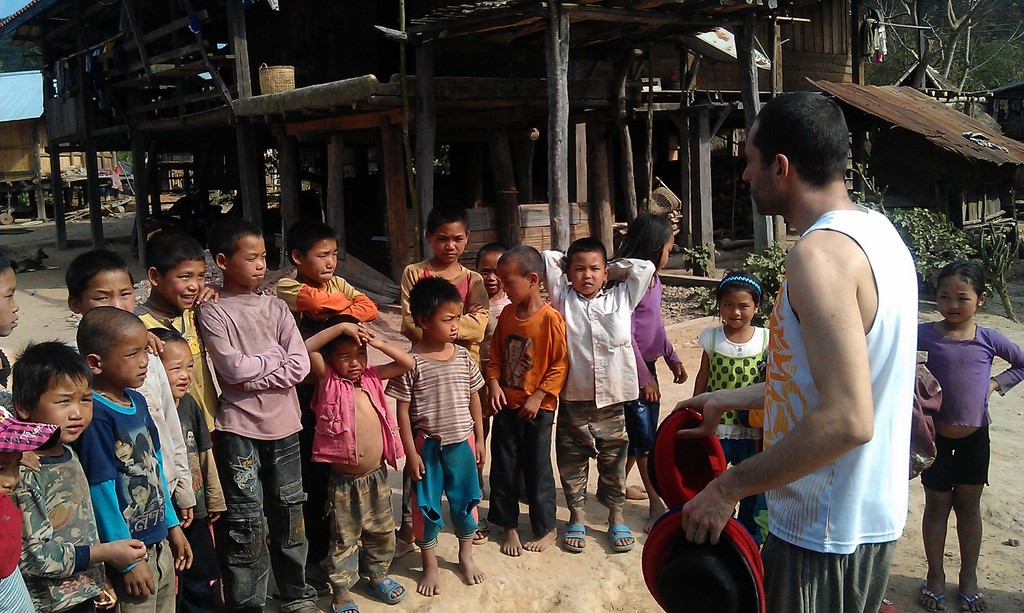THIS PAGE IS FOR NGO AND INTERNATIONAL ORGANIZATION MEMBERS
if you find this program interesting, contact me for more information
Rehabilitation and Reintegration Program
War Victims and Child Soldiers
The program aims to develop the physical, psychological and social skills of each participant and to make them ready to rejoin the local or a foreign community.
The program also includes training on the trainers’ activities to guarantee the sustainability of the key part of the program.
Target: children and young adult leaving in refugee camp or war affected areas
Program Duration: 4/6 months full-time
Description: The program is presented to the audience as a basic health education course. In this way, it will be easier to explain to the children why they are taking the course. The course is mostly a physical training that will let express and process thoughts and feelings and that is focused on leading the children to a progressive reintegration and socialisation between them and to the surrounding community.


Program evaluation tools
Pretest and post-test – during first and second phase:
This document will only evaluate the rising knowledge of the children about general health education content
Personal monitor and evaluation paper – during all training:
This paper will follow every individual during all training time monitoring the development of his/her physical, psychological and social skills
Karamoja Cocktail
A documentary made in 2009 about a similar program I developed with the Italian NGO Ombre nel Mondo
Methodology
The training methodology is a mix of different techniques that will support the children in the transition process they are facing.
- Class discussion: The content of basic health education will be discussed in groups. The purpose of this is to make the children play an active part in the learning process of the content. Each time the teacher introduces a complex subject about the body and health care he or she should always first ask the participants what they already know about the subject and in this way verify if their previous knowledge is correct, all the while inviting the children to join a group discussion. The most effective result will come from the teacher leading the children to the right knowledge rather than of simply telling them.
- Improvisation theatre game: The aim of this technique is to raise the level of social interaction skills among the children and to develop their creativity. This technique will be also used to enforce the health ability to represent the educational content during the simulation games.
- Coordination and balance games: The coordination and balance games work on a deep body-mind connection level. These set of exercises help to raise attention, develop hand-eye coordination and to speed up the brain processes and build new synapses.
- Physical groups interaction (acrobatics): The aim of this training technique is to make the trainee face the difficulties of reaching a complex physical task dealing with other people. The focus here is on trust and tolerance as well as ability of a clear communication and mutual support
- Gymnastics: The focus of this technique is to develop self-perception and develop the body potential in the children. Muscle power, balance, and elasticity are core parts of this technique. In particular, this technique will focus on: muscles, bones, the circulatory system, and the respiratory system.
- Creative simulation games (theatre scene): This technique focuses on group interaction mixed with individual expression. The trainee will use all previous techniques to make an effective scene
Training Structure:
Phase 1: This part of the training will be devoted to the children’s personal rehabilitation and skills development.
Theory about general anatomy, self-perception and self-development will be supported by Gymnastic, Balance and Coordination exercises
Phase 2: During the second phase of the training the children will have to start a social rehabilitation process within the group.
Theories about trust, communication, and social interaction will be supported by coordination, theater, and acrobalance exercises
Phase 3: The last phase of the program focuses on the reintegration in the social community. The children will have to prepare a performance to address the audience with a theme they like the most.
This will be addressed as a project development class. The participants will be involved in all aspects of the performance production, learning how to develop their own ideas and realise them in a practical way.
All the techniques learned during the first two parts of the program will be the roots of this last part of the course.

There is no perfect recipe for heal violent traumas, especially when faced in young age. The only possibility is to offer alternatives and equip each individual with the tools to make reasonable decisions: to my experience so far the best way to encourage a behavioural change into a problematic kid is to listen and make them process the reintegration in a different community with time.
The training is aimed to work on several levels from personal development to the progressive understatement of social roles, providing feedbacks on every step.
In the last 10 years of work the methodology has been proven extremely effective in any situation has been introduced. I brought my method in: Italy, Uganda, South Sudan, China, Thailand, Laos, Mongolia; always collecting extremely good feedback both from the kids and from the community around them.
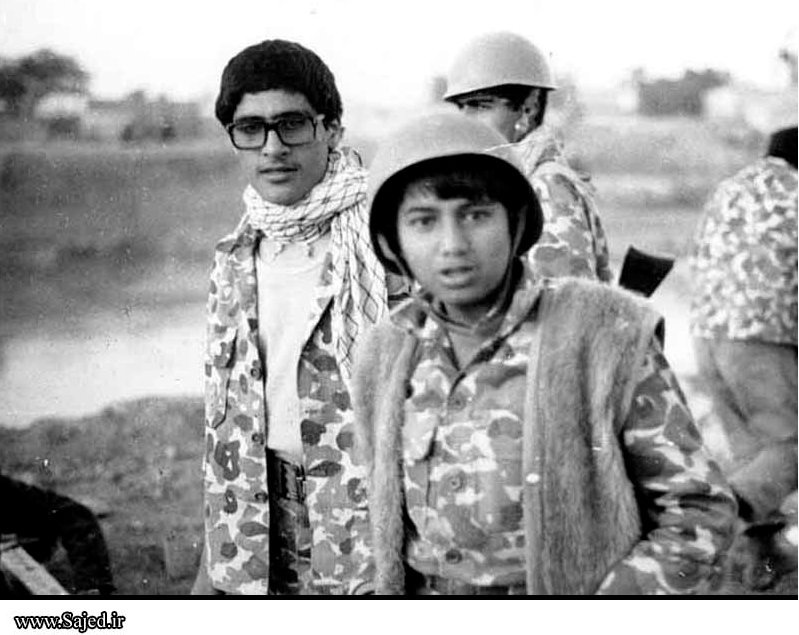
THIS PAGE IS FOR NGO AND INTERNATIONAL ORGANIZATION MEMBERS
if you find this program interesting, contact me for more information


